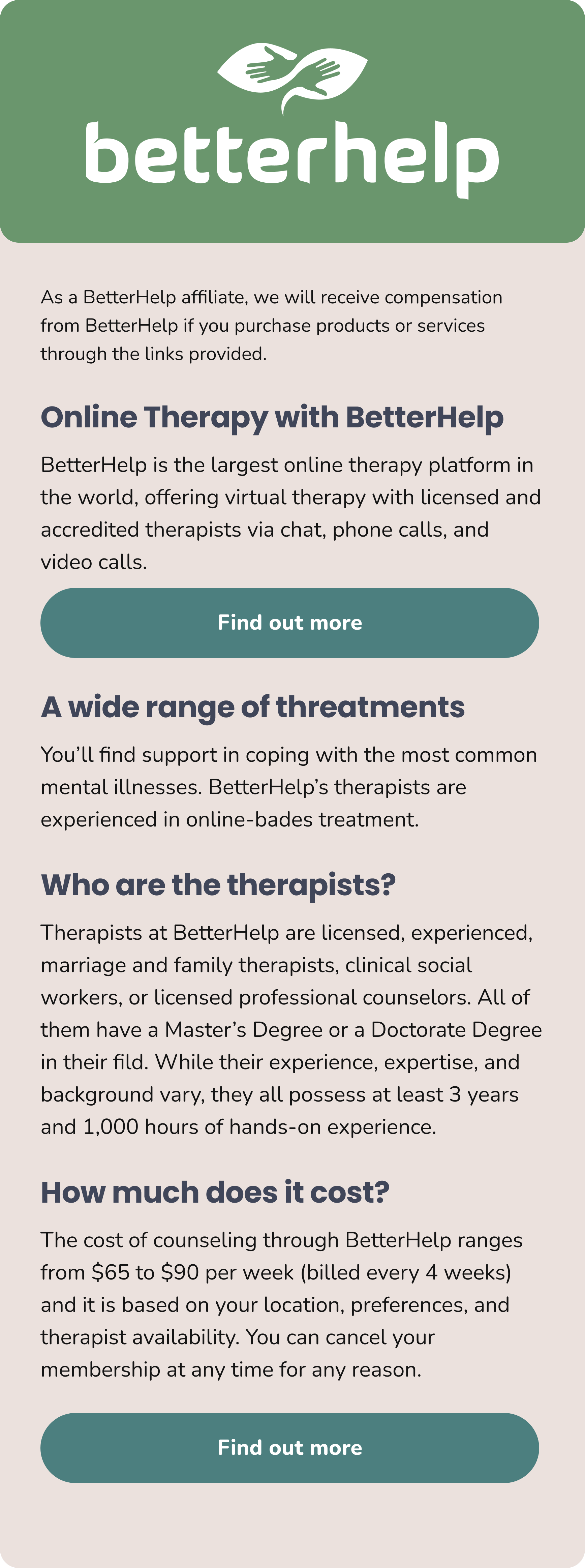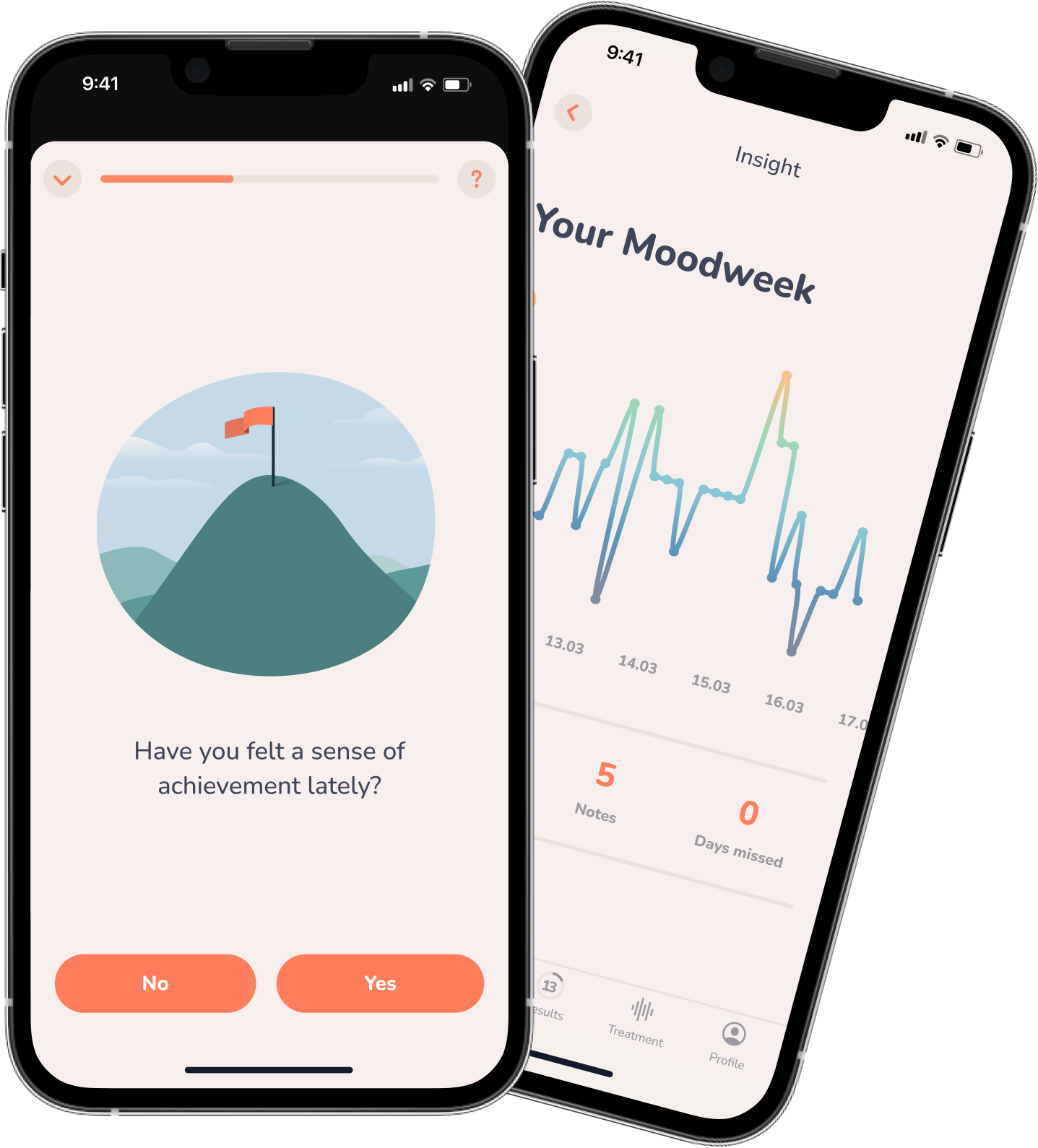Insight
Myths and Facts: What makes a relationship healthy?
Ideally, a romantic relationship can provide closeness and comfort and help bolster mental health. In other words, when it comes to relationships, the ideal, of course, is a healthy one. But unhealthy patterns can creep into a dynamic and weigh on mental health instead, which is what is being referred to by such labels as “toxic” and “red flags” that have become so common. This article delves into what a healthy relationship looks like, debunking some common myths along the way.

Myth 1: True love always comes with some pain.
Think how many social media channels, movies, shows, books, and works of art have been devoted to the pain of love. It’s no wonder that many people equate love with pain and lots of drama. Does this mean that a relationship without any of this means that it’s not true love? Absolutely not! One of the main markers of a healthy relationship is that both people feel generally comfortable and secure. There is ample emotional security and trust. Some may think this sounds a bit boring—but a little boredom is certainly better for your mental health than constant drama, isn’t it?
Of course, arguments crop up from time to time, even in a healthy relationship. This is completely normal. Likewise, in a healthy relationship, both partners leave some room for the other so that neither feels like they’re always needing to please the other.
If one partner begins to notice, though, that they’re feeling angry, sad, disappointed, or fearful around the other person much or most of the time, this may be a potential warning sign that deserves attention.
Physical or psychological violence has absolutely no place in a relationship. Physical violence, of course, is easy to spot, but emotional violence can include being constantly belittled, threatened, or gaslighted. Don’t hesitate to seek help if you have experienced violence in your relationship or are worried about your physical or psychological safety.
Myth 2: A healthy relationship does not have conflict.
The word “conflict” comes from Latin and means “to strike” (fligere) and “together” (con), in other words to clash. In close relationships, occasional clashes are inevitable. After all, wherever two people meet, different interests, needs, ideas, and opinions come together and a conflict can arise. As such, conflicts are a completely normal part of life. Though this doesn’t make them easy, it can help to at least know they’re normal. And, not to be too Pollyanna, but they also provide valuable opportunities. (We know, but bear with us!)
When two people have a conflict and are able to work it out, they often come out feeling even closer. Conflict, then, can lead to joint decisions and add depth to a relationship. And yet, pretty much no one thinks they’re fun. The alternative, though, which is avoiding conflict, can come at a high price. If you constantly suppress expressing what you’d like and need and, instead, adapt to everything your partner wants and needs, you’re signaling to yourself (and them) that you’re less important than your partner. This can affect both your sense of satisfaction and your self-esteem.
So, not only is it completely normal to have conflicts in a relationship, but it’s helpful to recognize and deal with them in a constructive way. It’s not so much about the frequency of conflicts but the way conflicts are handled that speaks to whether a relationship is healthy.
When conflicts do arise, it can be helpful to address them and the other person from a rational place of calm. Easier said than done, for sure. If you’re looking for some strategies to try out that might help make conflicts more constructive, check out the course about this in the MindDoc app.
Myth 3: A happy relationship remains happy.
Imagine you buy a plant that you love but then forget to water it regularly. At first it may not be apparent, but at some point the plant will begin to wither and the leaves will fall off. Before you know it, the plant can no longer be saved.
Like a plant, a relationship is alive and needs sunlight, water, and pruning to stay strong and healthy. But what does this mean exactly? Well, one important way to care for a relationship is to consciously take time every now and then for each other. This will give you the opportunity to really communicate your feelings and needs and let them do the same. And when they speak, actively listen. When conflicts arise, you’ll want to recognize what’s at issue and deal with it constructively without letting it linger. This means finding compromises, showing compassion, and supporting each other. Another way to care for a relationship is to regularly plan activities together and look for ways to establish positive rituals and routines.
This may sound like a lot of effort but these are some of what helps a relationship blossom.
Myth 4: In a healthy relationship, you’ll still feel like you’re madly in love with the other person, even years in.
Heart palpitations, butterflies in the stomach, loss of appetite, sleepless nights, thoughts that constantly revolve around the other person . . . Falling in love can be wonderful but is stressful on the body. When you’re in love, your brain kicks up its hormone production. Higher levels of the neurotransmitter dopamine—often referred to as the “happiness hormone”—occur as do the stress hormones, cortisol and adrenaline, which put the body on alert. When the person you love is not around, serotonin levels typically drop, which can lead to withdrawal-like symptoms. Some scientists compare your body’s biochemical reaction to being in love to an addiction or obsessive-compulsive disorder.
Imagine what would happen if this state lasted not just a few months, but years or even decades. Your body would be completely exhausted! Nature takes care of this and typically slows down the highest phase of infatuation after about six months to a year, which allows the nervous system to calm down. Then other hormones, such as oxytocin, kick up to strengthen the feeling of attachment. This stage of love is less loud and intense, more quiet and relaxed and, as such, is quite nice. Some people worry that the loss of intensity means the loss of love, but there is really nothing to worry about. In fact, it’s quite normal to no longer feel butterflies around your partner after a while.
Myth 5: My partner should anticipate my wishes and needs and make me happy.
A partner who anticipates my every wish and always knows what I need—anyone who goes into a relationship with this expectation can only be disappointed! After all, every adult is primarily responsible for their own well-being. No one else can or should take on this task. The key to a happy relationship, therefore, does not lie in clairvoyance but in communication. If you want something (different) in your relationship, don’t wait for the other person to realize it. Speak up! This will give your partner the chance to better understand what you want and need. You’ll also want to spend some regular time reflecting on your own feelings and needs as well. The MindDoc app can help since one of its main focuses is allowing, and perhaps helping guide, reflection.
Myth 6: The more time we spend together, the better.
More time together = more love and satisfaction, right? The equation is not quite that simple. Just as there are healthy long-distance relationships, there are also unhealthy ones where the couples spend a lot of time together. Of course, sharing experiences can help strengthen bonds, particularly at the beginning of a relationship. But this is true over the long term as well. The key is quality of time rather than quantity. Giving each other undivided time and attention to listen and enjoy what you’re doing together can turn time together into real quality time.
How much closeness and distance someone needs in a partnership is also very individual. Experiencing things separately and investing time in one’s own interests, hobbies, and friendships—as well as spending time as a couple—can keep a relationship fresh and lively. What’s important is that the ratio of closeness and distance is right for both partners. If one person is always unavailable while the other is constantly wishing for more time and attention together, this is a pretty unhealthy dynamic. Keeping communication lines open, practicing active listening, and working together to find a long-term solution are all ingredients for a healthy relationship.

People-Pleasing — When the Fear of Rejection Becomes a Trap
Are you a person who places a high value on kindness, consideration and helpfulness? Or … maybe you tend toward what’s called “people-pleasing”?

Psychological Needs in the Workplace: How to Meet Them
Deadlines, conflicts, pressure to perform—many people grapple with stressors at work. The extent to which these weigh on someone depends in large part on whether psychological needs are being met at work.

High-Functioning Depression: The Hidden Suffering
When people think of depression, usually intense sadness, low energy, social withdrawal, difficulty getting out of bed, and managing daily life come to mind. But this is not always the case.

Obsessive-Compulsive Disorder: When Thoughts and Actions Become Torture
In this article, we explore what characterizes such thoughts and behaviors as well as how they can be treated.



